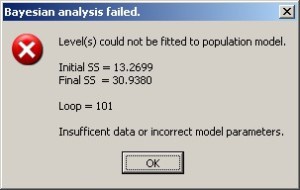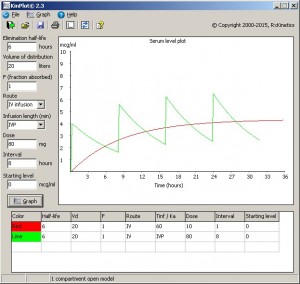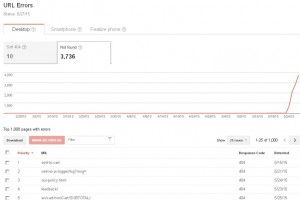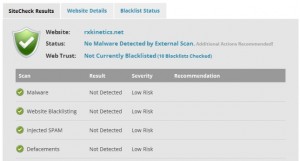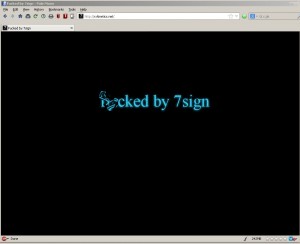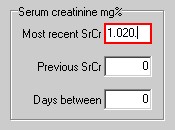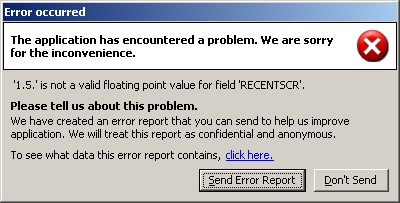My web host sent out a notification last week that they were changing servers and updating from Windows Server 2003 to 2012.
To make this transition easier for you we have moved your entire account under the new environment using an offline migration meaning that your old website will remain active until you will verify that all your contents/databases have been moved under the new environment and finally switch your nameservers to have your domains pointed over under the new servers.
We are also afraid that as this was an automated process using a migration tool, some web/database contents might not be synchronized between our old and new shared windows servers. We urge you to check your contents as soon as possible and update your connection strings/nameservers as soon as possible to have your entire domain pointed over to the new environment as your old account under the old shared windows server will be removed in 15 days.
Yeah, right, their automated tool failed miserably for me. First of all, they didn’t transfer my old password, so that took 2 days to straighten out.
When I was finally able to log in I noticed they didn’t transfer any of my databases. Really? That took another day.
I changed the database connection string in my webconfig file and FTP’d the updated file to the server.
Then I asked, “how do I test the web site before go live?” The sysadmin responded:
update your name servers from your domain registrar then you test your website working fine on new servers or not.
To which I replied “So you’re telling me I have to go live in order to test it? I’d prefer not to do that if possible. If not, well, I guess I’ll jump in both feet.”
No response, so I did the DNS change. Well, of course it crashed.

Much later I received a response from the “good” sysadmin:
You can always test your website using your local hosts file. Simply add the following lines under your C:\Windows\System32\Drivers\etc\Hosts file:
==
XX.XXX.XXX.X rxkinetics.net
==
Then clear your browser cache, flush your DNS and you should be able to browse your website hosted under our new environment before you will have your nameservers updated.
I’ve since switched back to the old DNS, but that take will take another day to revert back to the old server. And I’m worried that it will not actually revert back.
I should have known better. Something like this always happens to me with ASP.NET. Make one little change and it stops working, and doesn’t give any clue as to why. I haven’t touched this code in three years because I didn’t want to break it.
I’m pretty sure it’s a setting on the admin side, which I have no control over. I believe it’s related to this problem I blogged about 3 years ago Fun with ASP dot NET.




